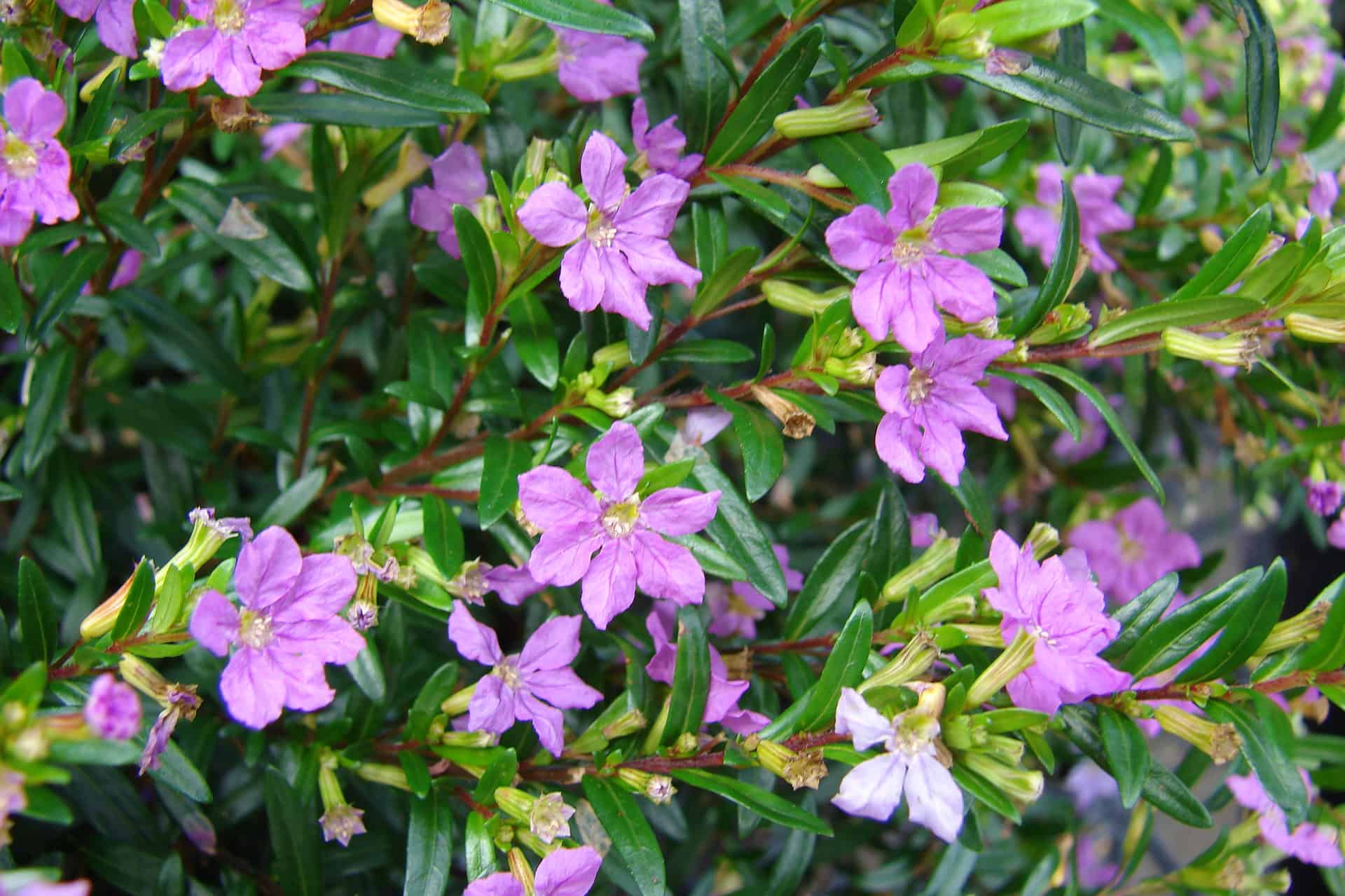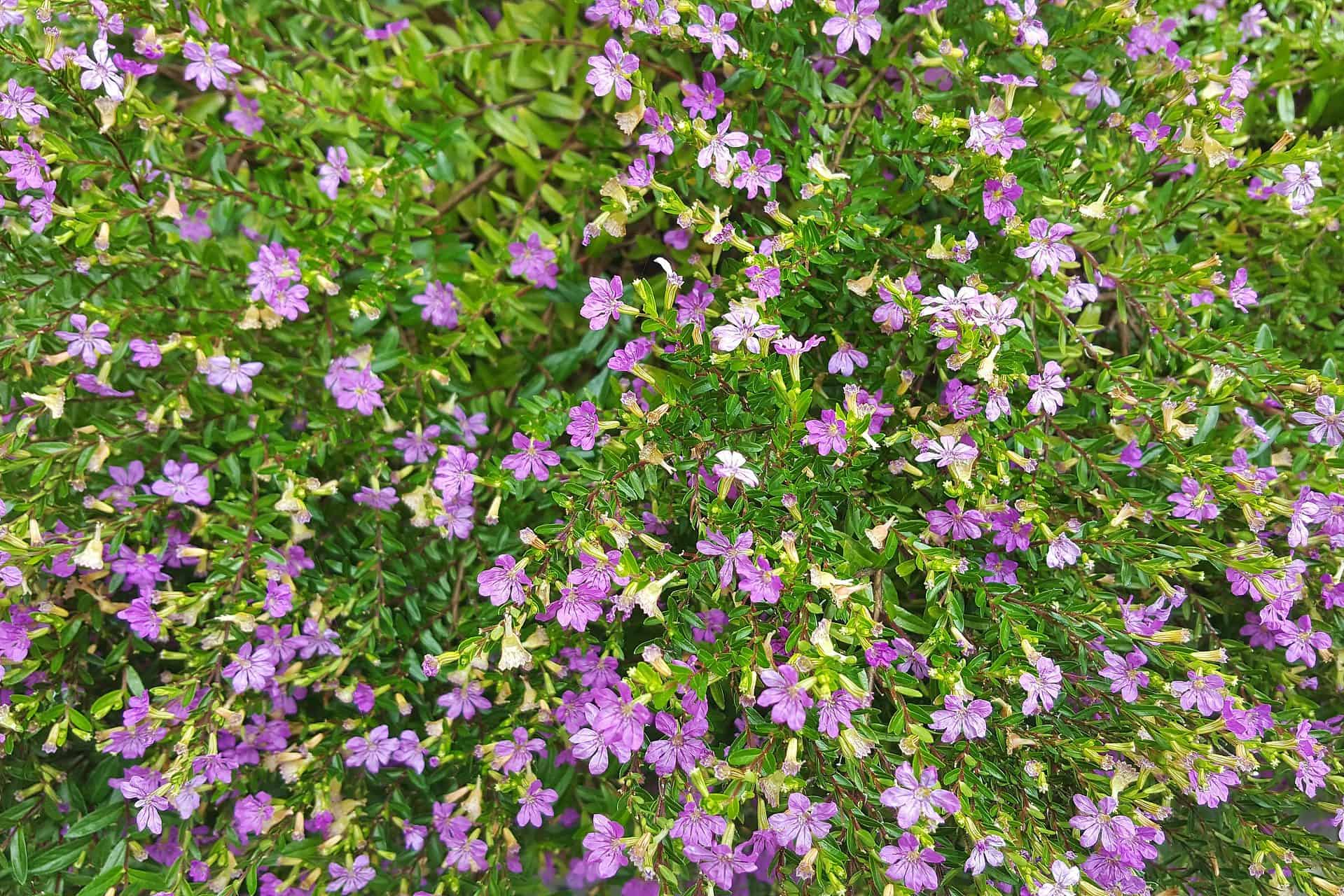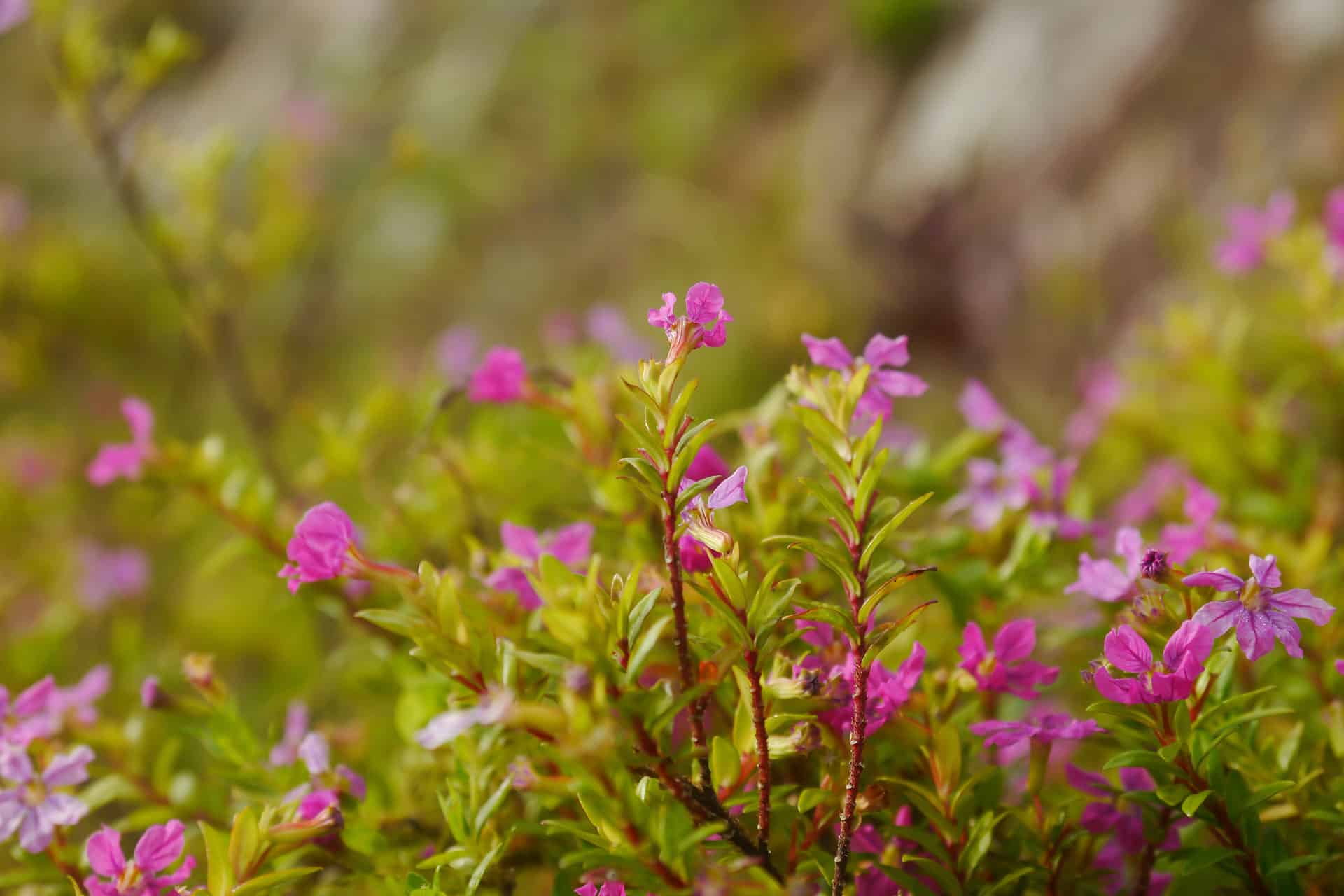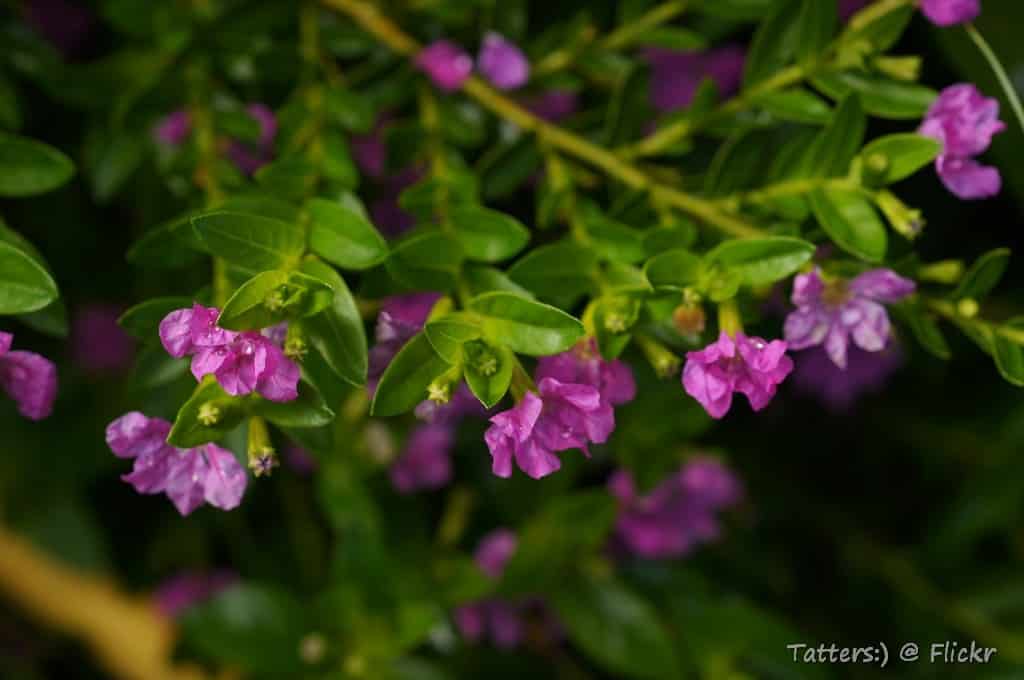No products in the cart.
The Mexican Heather might look like a fragile plant with clusters of pink or white flowers and delicate green leaves. But this plant outdoors is sturdy to grow as a bush, edging, a small hedge, or even around the corners of paving to sidewalks.
Growing Mexican Heather works as filler plants in flower beds or looks exceptional as border plants.
More About Mexican Heather Plants

The Mexican Heather Cuphea hyssopifolia, as you guessed, is native to Mexico, Honduras, and Guatemala. Yet, it has naturalized itself in Hawaii and is very salt tolerant. The Cuphea genus name comes from the Greek word kyphos which means humped or curved, coming from the seed capsules of the plant.
The Mexican Heather plants are small shrubs with trumpet-shaped flowers that bloom with spreading petals. You find the plant with lavender flowers with green calyx tubes from the early summer months and reach up to two feet tall and four feet wide.
The plant indoors has lance-shaped leaves that are glossy and measure up to an inch long. While it does look like a common Heather plant, it is not a true Heather belonging to the Heather but Lythraceae family and is known as the false Heather.
The blooms attract butterflies, hummingbirds, and the popular Southern Plains Bumble Bee.
Mexican Heather Care
Another exciting thing we did not mention is that the Cuphea hyssopifolia has other common names like Elfin Herb, Hawaiian Heather, and False Heather.
Another notable thing is to plant Mexican Heather in the ground after the soil warms or grow them as a container plant.
The small shrub also looks great in hanging baskets or grouped with other plants on the patio or at a water feature.
The Best Soil For False Heather

The fabulous thing about growing the False Heather is that it does well in different soil types, from sandy, and loamy, to clay. The important thing, whether grown indoors or outside, it must have well-drained soil.
It grows mainly in sandy, slightly acidic soil in its natural habitat. But drainage holes in containers are essential to help maintain their overall health. For garden growing, it helps to add a thin layer of mulch to the base to retain moisture.
So, ensure good drainage to prevent root rot and other fungal infections.
The Best Lighting Conditions For Hawaiian Heather

Since Elfin Herb is native to Mexico and South America, it can tolerates high summer heat from full sun to dappled shade. Yet, the Mexican Heather Cuphea needs six to eight hours of direct sunlight. Still, it is hardy to tolerate partial shade but might not bloom those purple flowers.
Still, the bright green foliage might not reach its full potential, discoloring in some parts where it grows in too direct sunlight. Hence, it can grow in full sun to partial shade and looks fabulous in tropical gardens.
Watering Your Mexican Heather Plants
Whether grown as a border plant or container plant, Cuphea hyssopifolia does not need regular moisture as it helps to prevent wet feet from leading to rot.
The only time you need to water regularly is when the plant is in bloom, depending on the temperatures during the growing season. We recommend watering in the morning, giving her a good soak, and leaving the ground to dry before nightfall.
Also, try to avoid wetting the foliage and water at the base of the plant. Many gardeners say it is a low-maintenance shrub for watering as it can tolerate some drought. Still, when cooler temperatures arrive, you can cut back on watering.
Temperatures and Humidity

You can treat the Mexican Heather in warm climates as a perennial, but it is hardy in the USDA hardiness zones 8b through 11.
The low-maintenance plant grows best in a temperature above 55°F. Yet, it will not survive freezing temperatures as low as 35°F.
When growing in zone 9b, your Elfin Herb might survive if protected from frost and grown as an annual in colder climates.
Fertilizing Your Mexican Heather Cuphea Hyssopifolia

It would be best to fertilize your Mexican Heather unless it grows in poor soil. You can use a slow-release feed at the start of the growing season. Another helpful thing is to add a layer of organic matter around the best to help retain moisture and nutrients.
Pruning Your Mexican Heather Plant
By now, you know you can prune your Mexican Heather into a rounded shape. You can do this in early spring and prune the branch’s tips back up to late winter to help it grow bushier.
Propagating Mexican Heather
Unfortunately, you need not propagate the Mexican Heather Cuphea hyssopifolia as it self-seeds. Still, the plant can spread if left unchecked. But you can use cuttings if you want to have more than one of these species.

You can snip off healthy branches to place them in a pot with soil or a glass of water until they form roots. Still, the easiest method is to dig up and cut the root ball vertically in half to create two separate plants.
Mexican Heather Varieties
The Mexican Heather looks fabulous in a landscape with its purple bloom in spring planted in pots or on the ground in partial sun. But there are quite a few cultivars with other flower shades.
FloriGlory Corazon

The Cuphea hyssopifolia has light violet-purple flowers from spring to mid-summer. The small flowers look beautiful with bright green leaves. As with all these species, it needs well-drained soil.
Mexican Heather White

You find this shrub growing fast in Florida with white flowers displayed.
FloriGlory Diana
The plant boasts a large magenta flower that blooms in abundance.
Common Pests and Diseases
We think the biggest reason the shrubs are described as low maintenance is that they are reasonably disease free. Yet, it is susceptible to spider mites, nematodes, and caterpillars. The nematodes weaken your plant, while flea beetles leave it barren of leaves.
For pest control, you can use neem oil.


